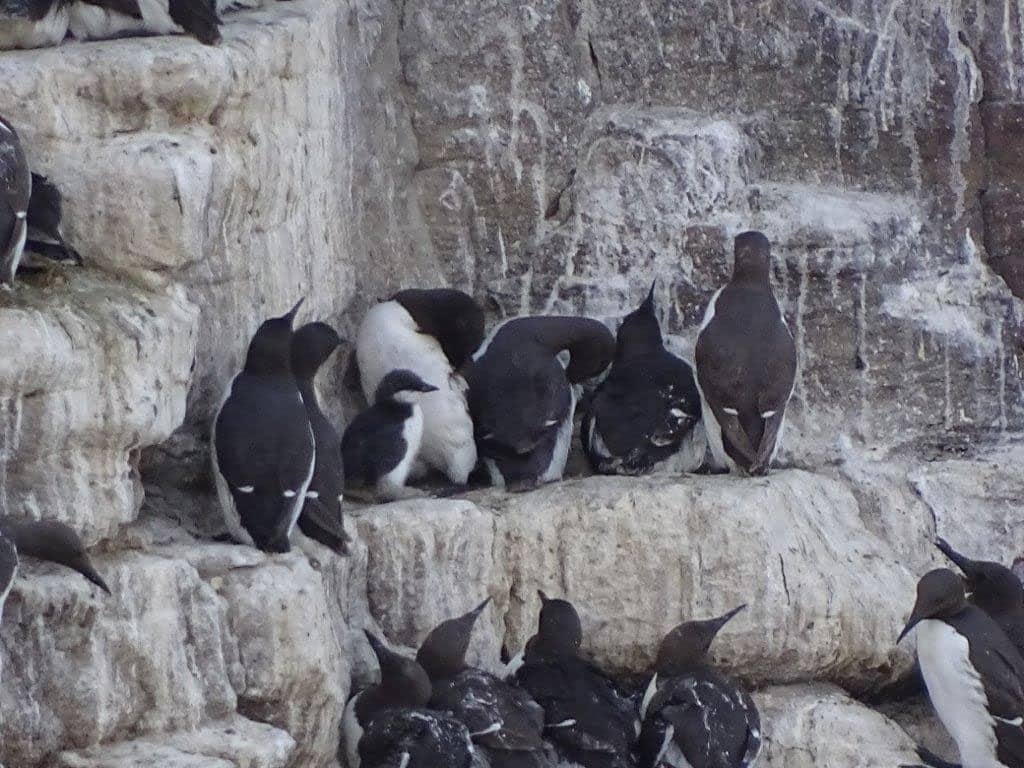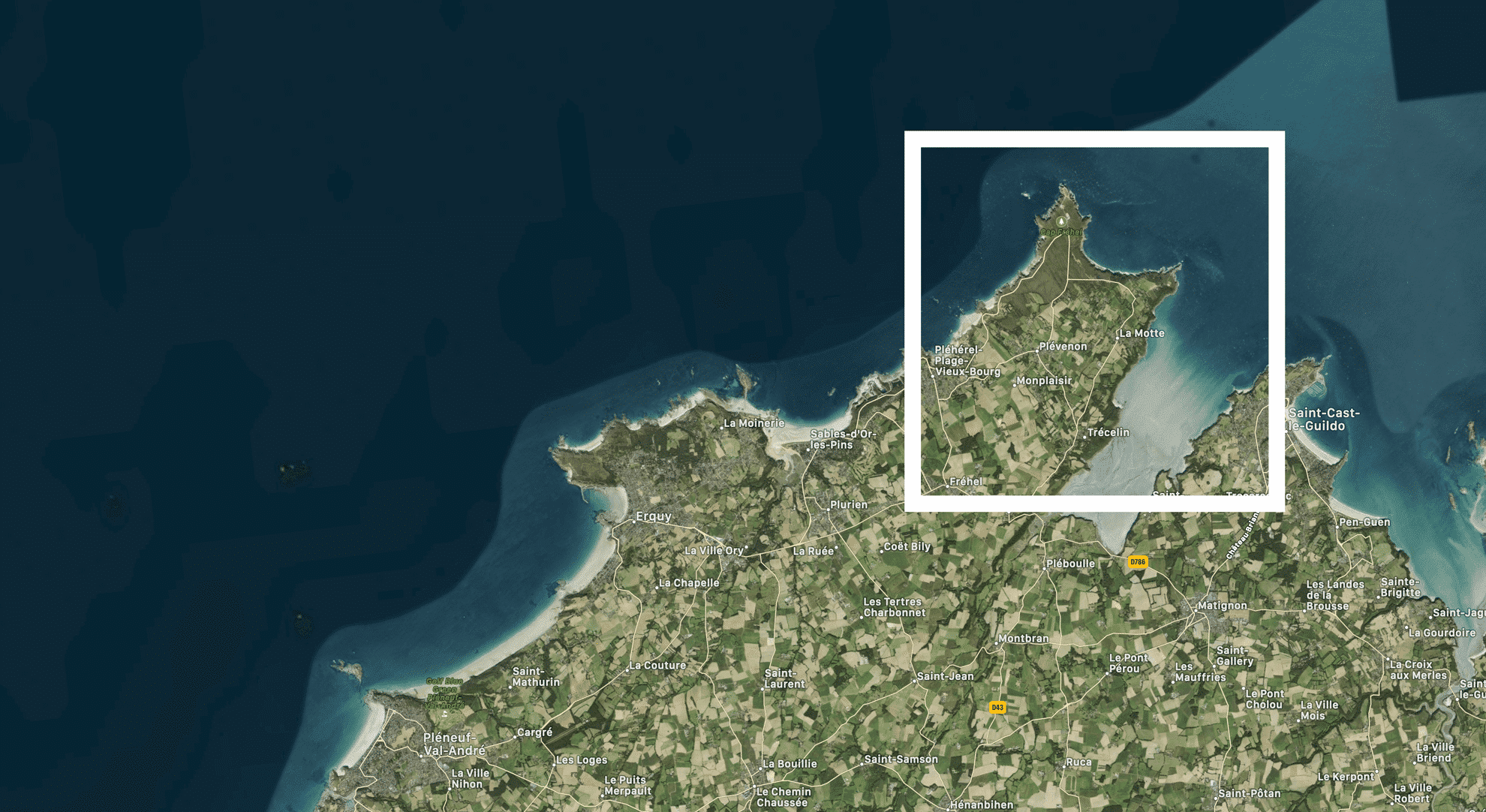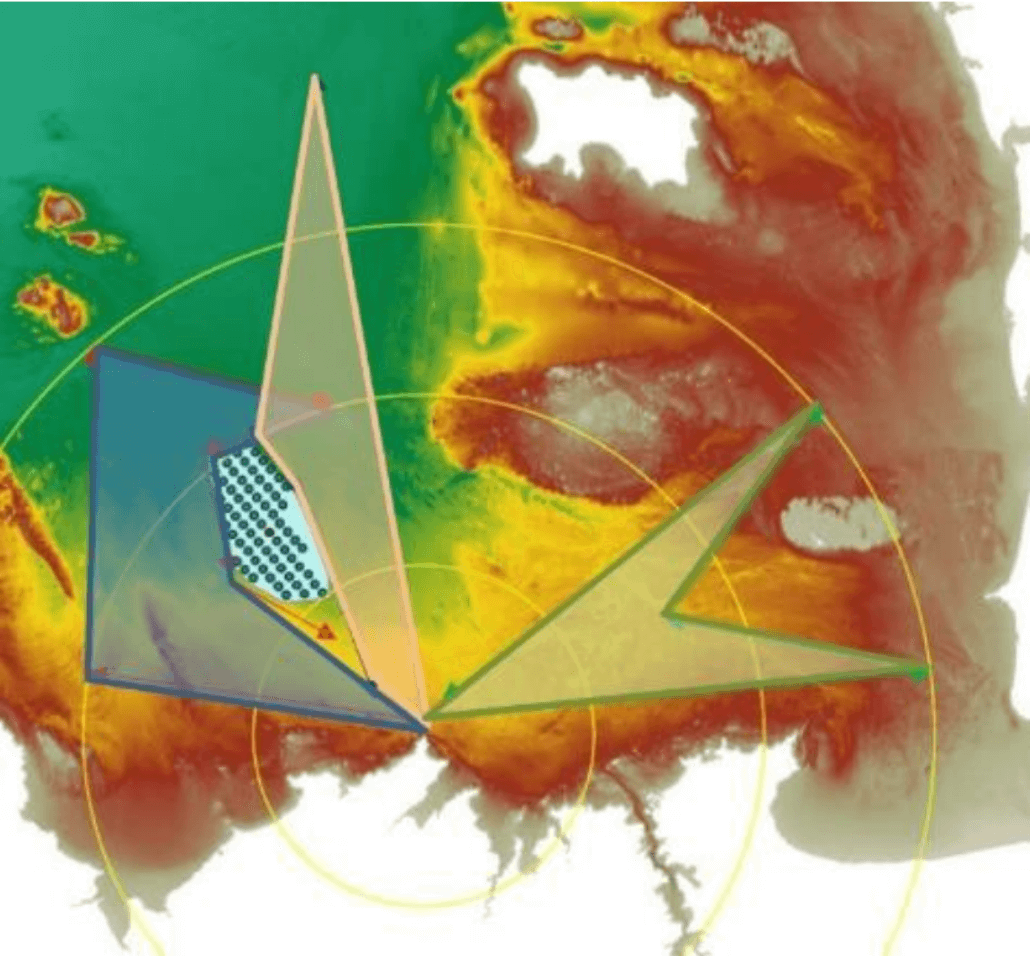Follow-up measures
Monitoring the dispersal of Alcidae chicks
Objectives and methodology
The objective of the measurement is to improve knowledge of the phenomenon of dispersal of adults and their chicks at sea and to verify whether this dispersal is carried out in the direction of the wind farm off the coast of Saint-Brieuc Bay.
The scientific protocol establishing the technical modalities of field actions was established jointly between Ailes Marines and local stakeholders (Bretagne Vivante and the Syndicat Mixte Grand Site Cap d'Erquy Cap Fréhel).
Follow-ups will be carried out:
On land, on the cliffs of Cap Fréhel:
Monitoring of the colony is carried out every year starting in April, in order to estimate the departure date of the Alcidae chicks. During June, observations are carried out in the evening using night vision devices. The information listed for each chick observed is: landing time, reunion time, associated behaviors, swimming departure time, direction taken, end time of duo tracking. These observation sessions are carried out the day before the at-sea monitoring, in order to increase the chances of detection at sea.
At sea, the start of the transects is set at the tip of Cap Fréhel
Monitoring at sea is scheduled at the peak of chick departures in order to have the highest probability of finding birds at sea. Monitoring is carried out from a boat of around ten meters. In total, 8 outings are scheduled in June over a period of 10-15 days. At each observation, a GPS point is recorded. The number of individuals per age class is listed, distinguishing between adults and young people.
Location of actions
Follow-ups are carried out:
- On land, on the cliffs of Cap Fréhel


- At sea, the start of the transects being set at the tip of Cap Fréhel

Schedule and Status
Seven years of follow-up are planned.
